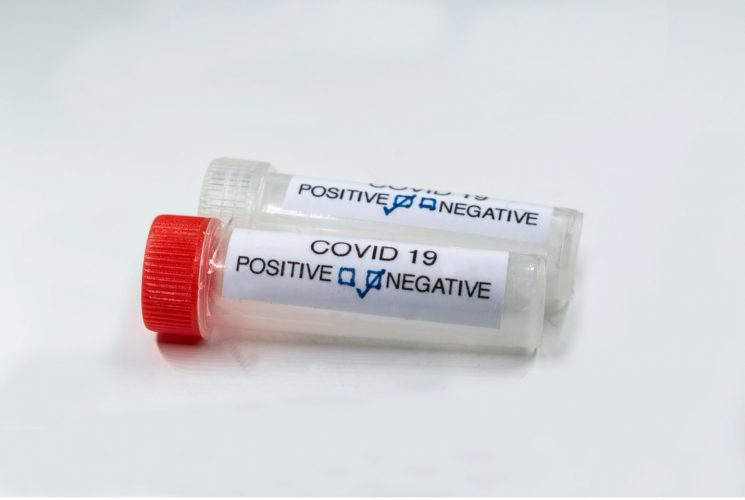Life with COVID-19 has settled into a “new normal” that has allowed businesses worldwide to return to some semblance of normality. However, the threat is not gone, and the need to remain vigilant about the virus and its potential for rapid spread is critical. That is especially true in a workplace where multiple people often share the same relatively small indoor space. Precautions such as regular COVID-19 testing can help protect the workforce from serious injury, but the process of administering such tests is still new in many offices. What kind of policy is the right pick for a safe work environment where proactive testing is held in high esteem?
We look at the importance of regular workforce testing and how to implement effective policies related to it below.
The importance of regular workforce COVID tests
The key to safely returning to in-person collaborative work is regular and widespread employee COVID-19 testing. It is not enough to wait until someone shows symptoms of the illness before encouraging an evaluation because, by the time the signs are apparent, the virus might have spread across the office and infected more of the workforce. Regular testing saves lives by reducing the chances of sick individuals infecting those around them as well as by identifying the illness early. Maintaining a healthy workforce is essential to the health of the business in question, too, as offices face uncertainty and even unprecedented challenges to their business processes.
Implementing widespread workplace COVID-19 testing
According to the U.K. government, the best way to create an environment where COVID-19 testing is commonplace is to clearly communicate the importance of identifying the virus before it has the chance to spread. Working with a third party or government-sponsored communications teams can also significantly impact workforce willingness for regular COVID-19 testing.
A critical principle of workplace testing policy should be an emphasis on the rapid COVID-19 test. Matrix Diagnostics is a leader in laboratory analysis and point of care with a thorough understanding of COVID-19 testing in the workplace. Their rapid tests make the process easy and practical, while their high accuracy helps provide important insight into the workforce’s health.
Workplace testing policy should also explain the increasingly important role of business in identifying transmission chains and interrupting them before they become widespread problems. This includes the evaluation of asymptomatic employees. The absence of symptoms makes the chances of transmitting the virus even more likely as both the carrier and the potential victim might let their guard down due to the perceived health of both parties.
Maintaining workplace safety during a global pandemic is not an impossible task. By encouraging the proactive testing of all employees, the ability to recognise the virus before it infects multiple individuals is a possibility. No test is perfect, but high-accuracy options that provide rapid results can offer critical insight into employees’ potential risks while working in the office.





